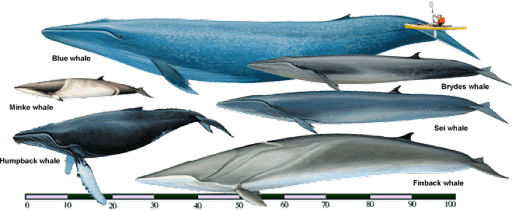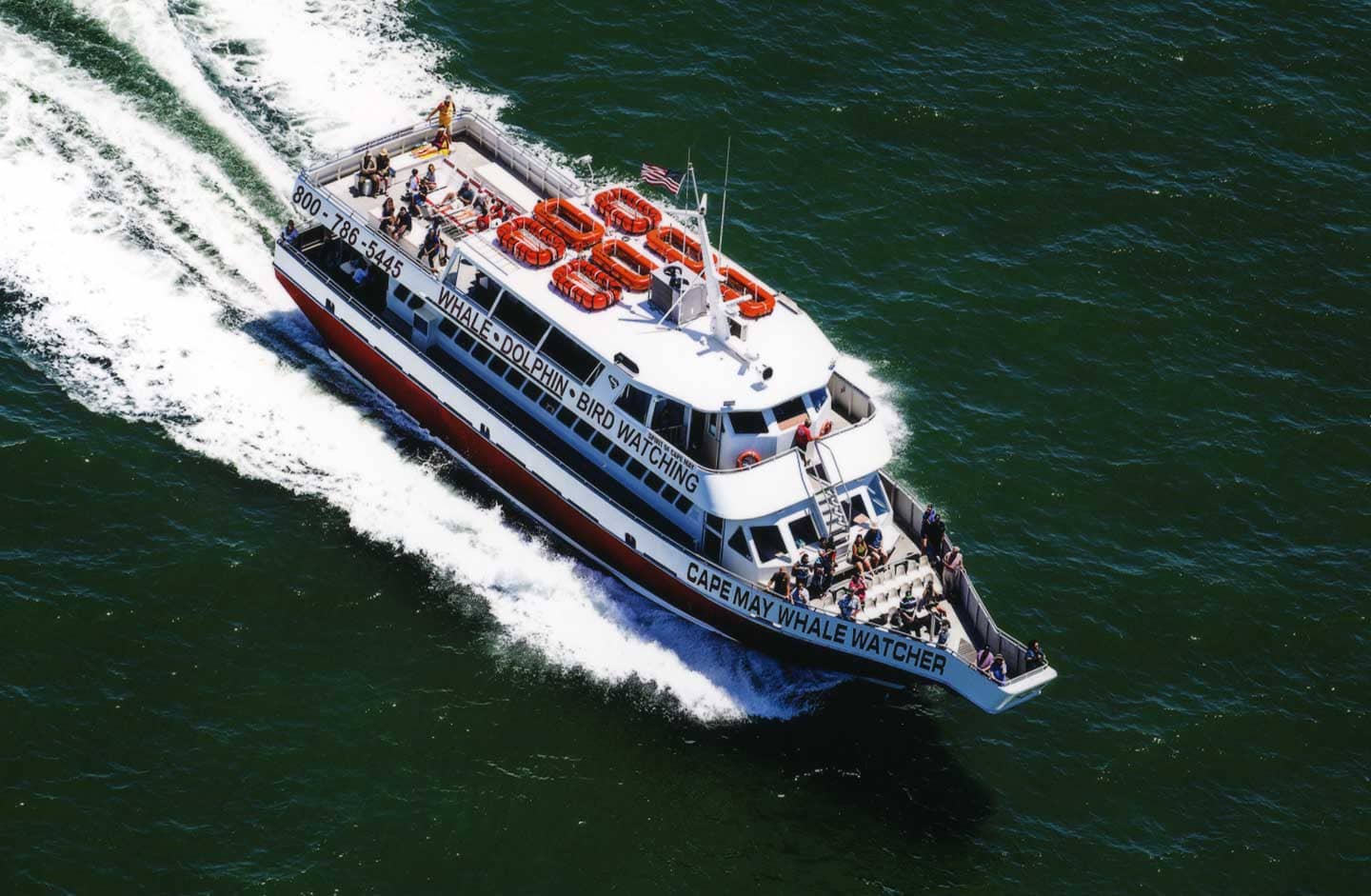1.Whale,Whale.Whale
Welcome back to the blog of the Cape May Whale Watcher! The most common question I have encountered while working last year with the Cape May Whale Watcher is, “Are there actually whales in our waters off of New Jersey?” The answer is yes there are! We have many whale species that live in the Atlantic Ocean, such as Finback, Blue, North Atlantic Right, the Humpback whale and a few others. The one whale that you will almost always see closer to the coast is the humpback whale and that is the whale I want to talk about right now!
When we go out on our 3-hour long whale watching excursion, we are taking you guys out to find a humpback whale! While out we may encounter a finback whale, but they are not as commonly seen inshore than the humpback is. It is very common for the humpback and the finback to be mistaken for each other. One difference between the two whales are their colorings, humpbacks have a black and white coloring throughout their body, whereas finbacks are mostly one color of grey. Humpback whales also have the longest pectoral fins (flippers) of any whale, being 1/3 their body length. This means that, if we see a humpback whale that is 40 feet long, their flipper is about 13 feet long!
Below I have included a picture with a few different whales and their sizes. The bottom two whales are the humpback and finback as mentioned above for reference.

When you see Captain Jeff, naturalist interns or myself aboard walking around with our cameras, we are trying to get the money shot of the whale, which is their fluke or their tail. The picture that we would really like to get is of the underside of their fluke. This is because each fluke has a unique pattern, which we use to identify the whales, kind of like fingerprints for humans. We are looking to see how long an individual stays in our area and if an individual comes back year after year, as well as how far north or south they travel. The colorings of the pectoral fins and flukes also differ within the whales between the Pacific and the Atlantic oceans. Both oceans can have whales that have the prominent white under color, but the Pacific can also have whales that have no or very little white coloring on both the fluke and pectoral fins. We also take pictures of the dorsal fin and of any scarring the whale may have to further identify whales in our area.
Below are two pictures that I had taken in the beginning of last October. You can see that the shape of the flukes is different, as well as the markings and the patterns of barnacle clusters at the tips. The whale with the fluke in the first picture also has propeller scarring on its back by its blowhole.


Another common question that is asked a lot is, how big can humpbacks get? Humpbacks can reach lengths of about 60 feet maximum and weigh up to about 40 tons! With any animal this size, they are going to have to eat a lot of food every day, about 2,000 pounds a day! Humpbacks primarily feed on krill, and differently schooling fish such as herring, mackerel, sardines and in our area bunker! For them to eat they must swim with their mouths wide open to capture water and the fish. This is because they do not have teeth like dolphins do, they have these things called baleen that hang from their upper jaw. So, the whales do not chew their food like a dolphin, they swallow all the food whole all at once, while expelling the water out of their mouths.
When we see these whales off our coast, they do not stay as long as we would like them to! I have heard our waters referred to before as the whales’ rest stop, because they stop by our coast in the middle of their travels to and from their breeding and feeding grounds. We see these whales in the springtime when they are traveling north to their summer feeding grounds in the cold waters of the Gulf of Maine, Iceland and a few other areas. Then in the fall we see them again on their travels to the south, to visit their tropical breeding and calving grounds. This species of whale are the ones that you hear of jumping out of the water! We have been lucky to see a few whales pop out of the water, but it does not happen as frequently as we like, we have just gotten lucky!
Below is another photo I had taken last September! Why not try testing your luck and come out sailing with us!






